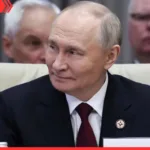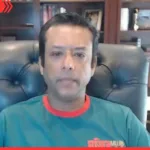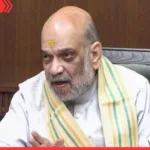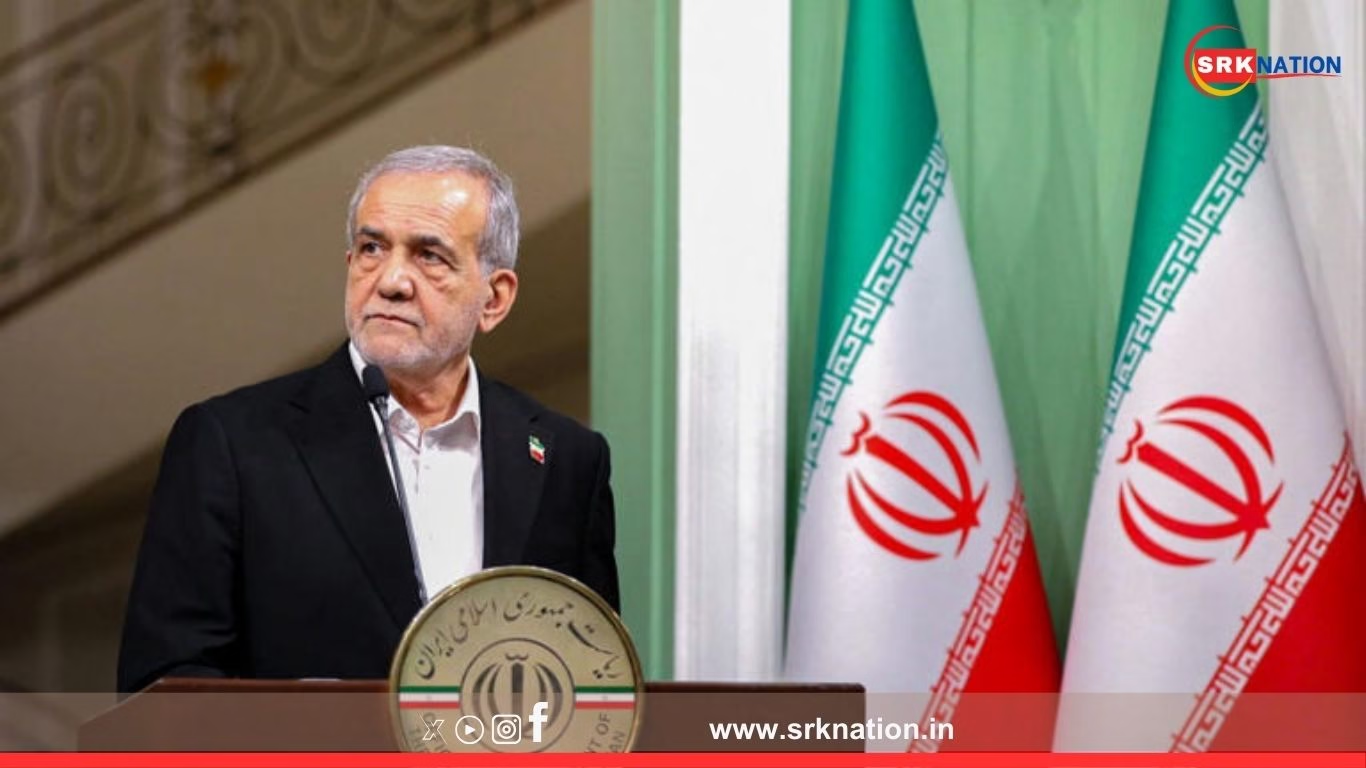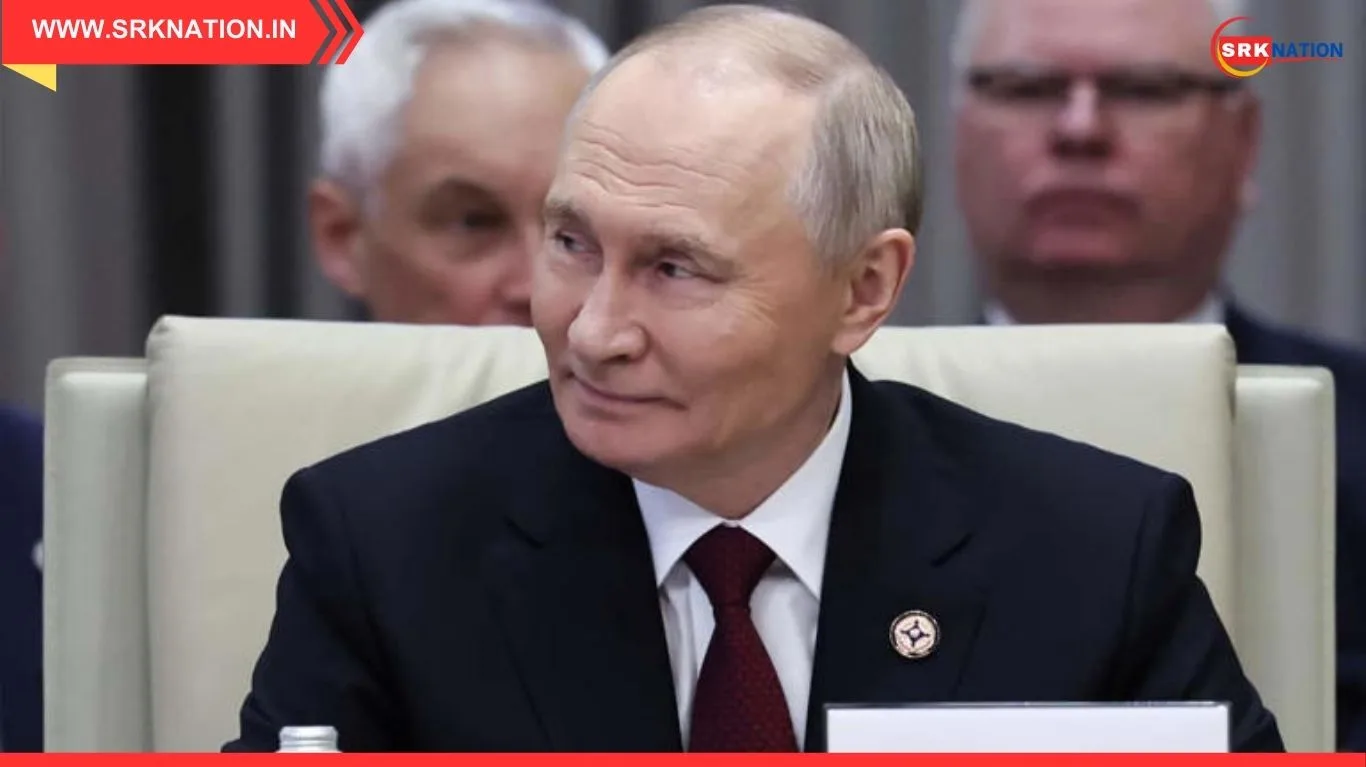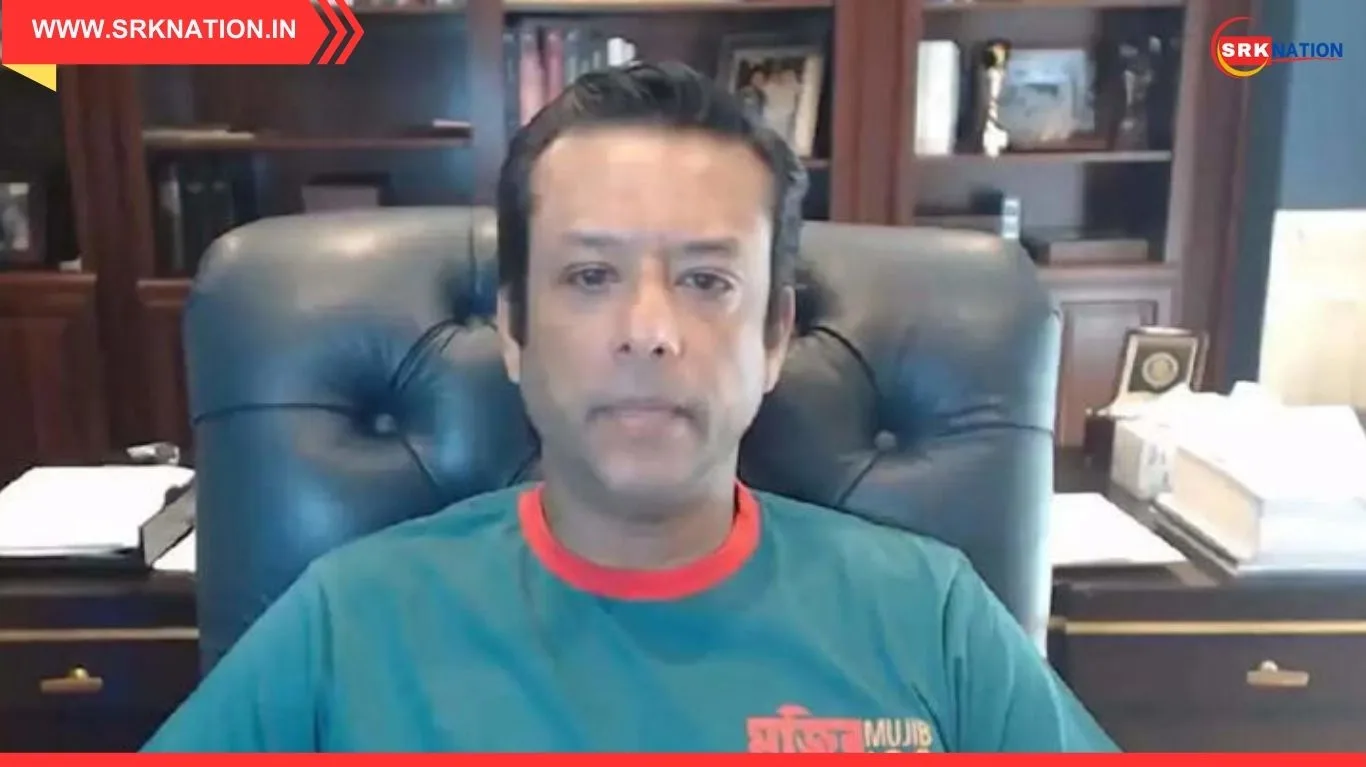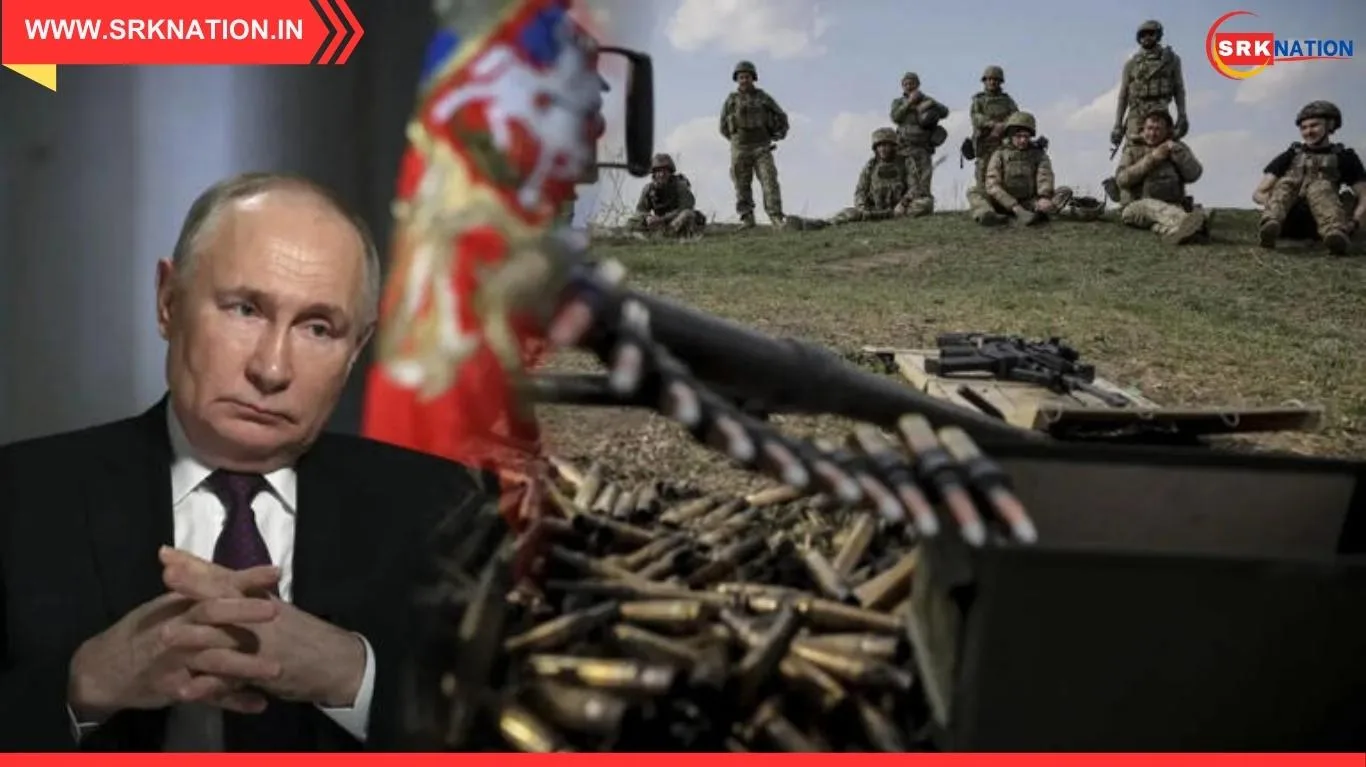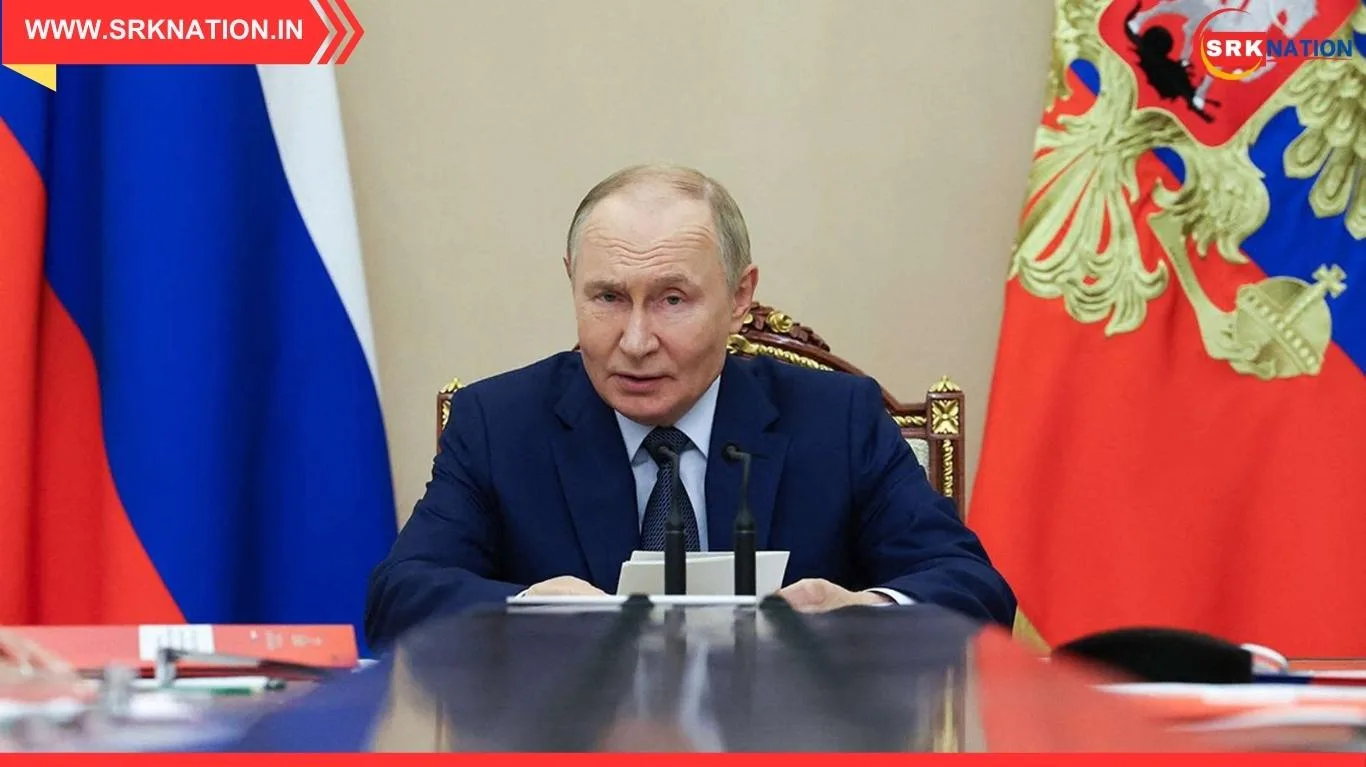In a dramatic escalation of regional tensions, reports have emerged that an Israeli airstrike targeted a high-level Iranian security meeting in Tehran late Tuesday night. According to initial intelligence briefings circulating within diplomatic and defence circles, Iran’s newly elected President Masoud Pezeshkian was present at the venue and is reported to have sustained injuries, though his condition remains stable.
Strike details and immediate impact
The attack, described as “precision targeting of senior leadership assets” by Israeli defence analysts, reportedly hit a classified security complex in north Tehran, where key Revolutionary Guards Corps (IRGC) commanders and national security advisers were convening to discuss recent developments in Syria and Iraq. Unverified footage circulating on social media shows thick plumes of black smoke rising near the Shahrak-e Gharb district.
| Key Incident Details | Information |
|---|---|
| Target | High-level Iranian security meeting |
| Location | Shahrak-e Gharb, Tehran |
| Time | Late Tuesday night (local time) |
| Casualties | Multiple IRGC officers killed or injured (unconfirmed) |
| President’s status | President Masoud Pezeshkian injured, stable |
Government sources have yet to release official casualty numbers, but early Iranian state media reports acknowledged a “missile attack causing damage and injuries to multiple officials.”
President Pezeshkian reportedly injured
Masoud Pezeshkian, who recently assumed Iran’s presidency pledging a foreign policy reset while preserving Iran’s strategic deterrence posture, was attending the closed-door strategic security meeting when the strike occurred. Preliminary reports suggest:
- He sustained injuries due to falling debris after the impact shockwave.
- He was immediately moved to an undisclosed military medical facility under high security.
- Government spokesperson described his injuries as “not life-threatening, but requiring observation.”
This development comes barely weeks after Pezeshkian took office, signalling potential shifts in the Iranian power balance should his condition deteriorate or prompt leadership reshuffles within the IRGC-backed establishment.
Israeli motives and regional context
The strike follows weeks of rising tensions between Israel and Iran, fuelled by:
- Iranian drone and missile supplies to proxy groups in Syria and Iraq.
- Suspected Iranian cyber attacks targeting Israeli critical infrastructure.
- Ongoing Hezbollah rocket barrages from southern Lebanon into northern Israel.
Defence analysts believe the Israeli attack serves multiple strategic objectives:
| Objective | Rationale |
|---|---|
| Disrupt Iranian strategic command | By targeting senior decision-makers, Israel seeks to paralyse Iran’s operational planning in regional theatres. |
| Deter missile escalation | Israel’s pre-emptive doctrine aims to prevent coordinated proxy missile attacks. |
| Psychological signalling | Demonstrates intelligence penetration capability deep into Iranian security infrastructure. |
Iranian official reaction and military posture
In an urgent statement broadcasted at 4 am local time, Iranian Defence Minister Brigadier General Mohammad Reza Ashtiani called the strike an “act of war that will be avenged severely.”
He further added:
“The Zionist entity has crossed a red line. Our response will be historic and painful. The blood of our leaders will not go unanswered.”
Iran has reportedly raised alert levels at missile bases in Esfahan, Mashhad, and Bandar Abbas, while regional observers reported mobilisations of IRGC Quds Force units along Iraq’s western borders.
Regional and global reaction
The attack has triggered immediate global diplomatic concern:
- UN Secretary-General António Guterres called for restraint from both sides, warning that escalation risks full-scale regional conflict.
- The US State Department urged both Israel and Iran to avoid steps that would destabilise the Persian Gulf and Levant.
- Russia and China condemned the strike as a violation of Iran’s sovereignty and called for an emergency UN Security Council meeting.
Strategic implications
This strike underscores an intensification in the Israel-Iran shadow war, shifting from proxy conflicts to direct high-value leadership targeting. Key implications include:
- Potential Iranian retaliation via missile strikes against Israeli urban centres or maritime assets in the Red Sea.
- Increased volatility in global oil markets, with Brent crude already spiking 3% in overnight trading amid fears of supply disruptions through the Strait of Hormuz.
- Heightened security alerts across Gulf states, especially UAE, Saudi Arabia, and Bahrain hosting US and Western forces.
- Potential acceleration of Iran’s nuclear weapons programme, as hardliners seek to strengthen deterrence posture post-attack.
Leadership crisis if Pezeshkian incapacitated
If President Pezeshkian’s injuries prove more severe than currently disclosed, Iran could witness a power vacuum, triggering:
- Ascendancy of IRGC-backed factions over moderate political streams.
- Policy hardening towards direct confrontation rather than regional diplomacy.
- Delayed or collapsed efforts to reopen nuclear negotiations with Western powers.
Broader Middle East stability risks
The precision strike also reopens debates about Israel’s operational reach, Iran’s intelligence lapses, and the limits of conventional deterrence in an era of drone, missile, and cyber warfare. Gulf analysts caution that further retaliatory spirals could threaten:
| Sector | Risk Impact |
|---|---|
| Oil and gas supply | Attacks on tankers or pipelines |
| Global shipping | Drone and mine attacks in Persian Gulf and Red Sea |
| Civilian security | Proxy group rocket attacks on urban areas in Israel and Gulf states |
Conclusion
The Israeli strike targeting Iran’s top security meeting, injuring President Masoud Pezeshkian, marks one of the most dramatic escalations in the Israel-Iran conflict in recent years. The regional power balance now hinges on Tehran’s response, which could determine whether tensions are contained within covert operations or erupt into open conventional warfare.
Disclaimer: This news article is based on emerging reports, intelligence analyses, and regional diplomatic sources. Official casualty figures, strategic assessments, and leadership health updates remain fluid. Readers are advised to follow verified government statements and international diplomatic advisories for evolving clarity.



